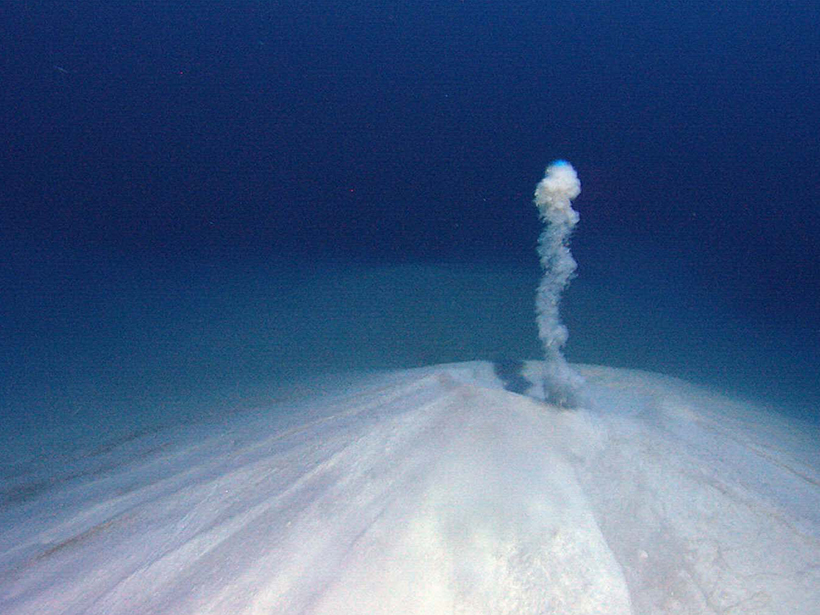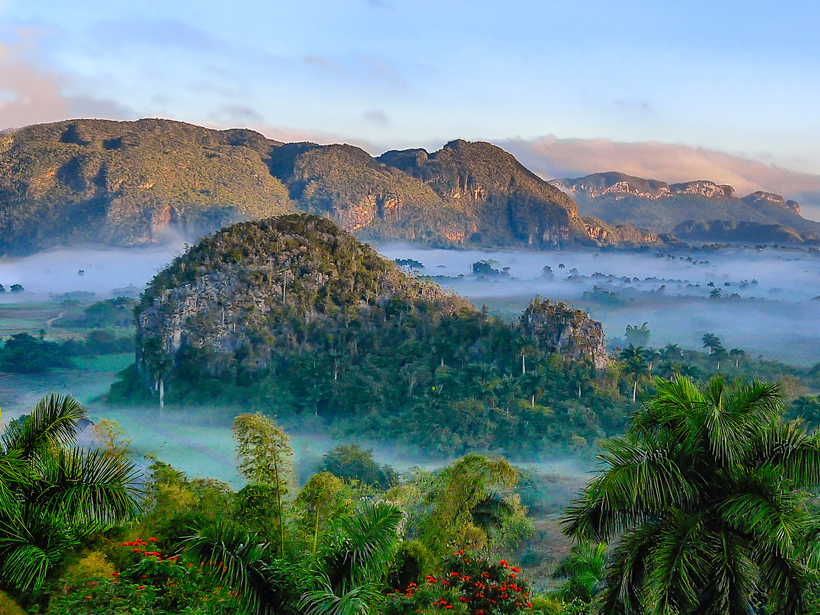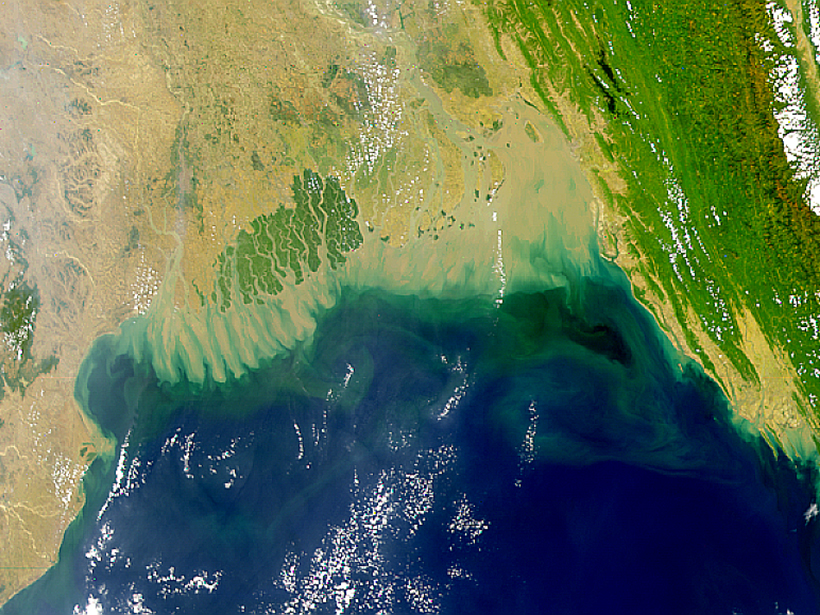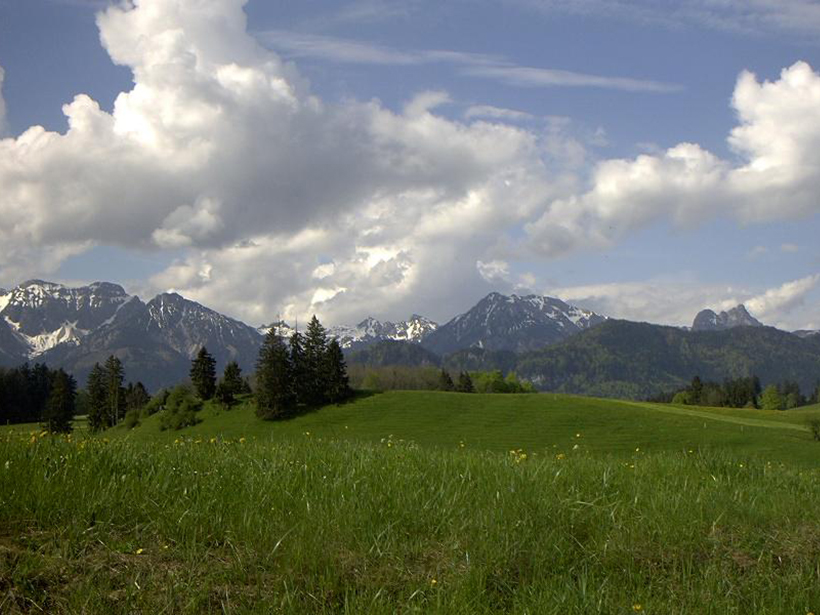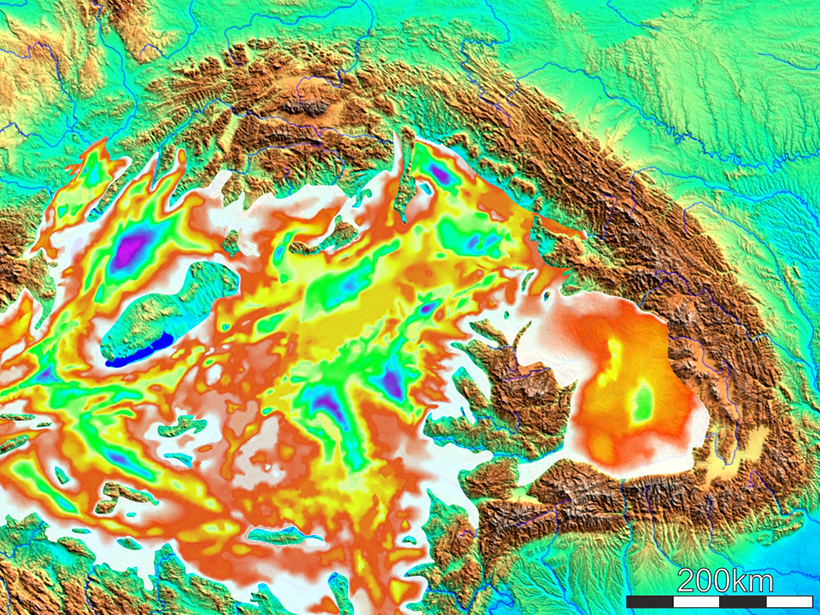A new model tracks boron and other tracers in fluids expelled from subducting slabs to help identify the fluids' source regions and migration routes.
plate tectonics
Tackling Unanswered Questions on What Shapes Earth
Origin and Evolution of Plate Tectonics; Ascona, Switzerland, 18–22 July 2016
A Meeting That Helped Foster the Acceptance of Global Tectonics
Fifty years ago, in the United States added their heft to a theory with profound implications: Earth's ocean crust recycles itself on a global scale, and continents move across the face of the planet.
Understanding Tectonic Processes Following Great Earthquakes
Scientists parse out the processes underlying tectonic signals detected by GPS networks.
Plate Boundaries and Natural Hazards
The editors of a new book on tectonics discuss the origins of the science and its importance in a new millennium.
A Significantly Hotter Mantle Beneath Iceland
Estimates of crystallization temperatures from four eruptions in northern Iceland offer improved constraints on the mantle's temperature beneath this anomalous divergent plate boundary.
Cubans, Americans Bridge a Scientific Rift
Two scientific communities that evolved separately for more than 50 years reunited last week to share their findings and plan a more unified future.
Deciphering the Bay of Bengal's Tectonic Origins
New magnetic and gravity data suggest that the boundary between continental and oceanic crust lies beneath northern Bangladesh, along the line of an Early Cretaceous spreading center.
Characterizing the Faults Beneath Germany
A team of researchers has described how the faults within the German Alpine Molasse Basin initially developed.
Unraveling the History of Central Europe's Pannonian Basin
A multidisciplinary model linking the sedimentary and tectonic histories of this structurally complex basin suggests that large amounts of extension occurred there between 20 and 9 million years ago.

